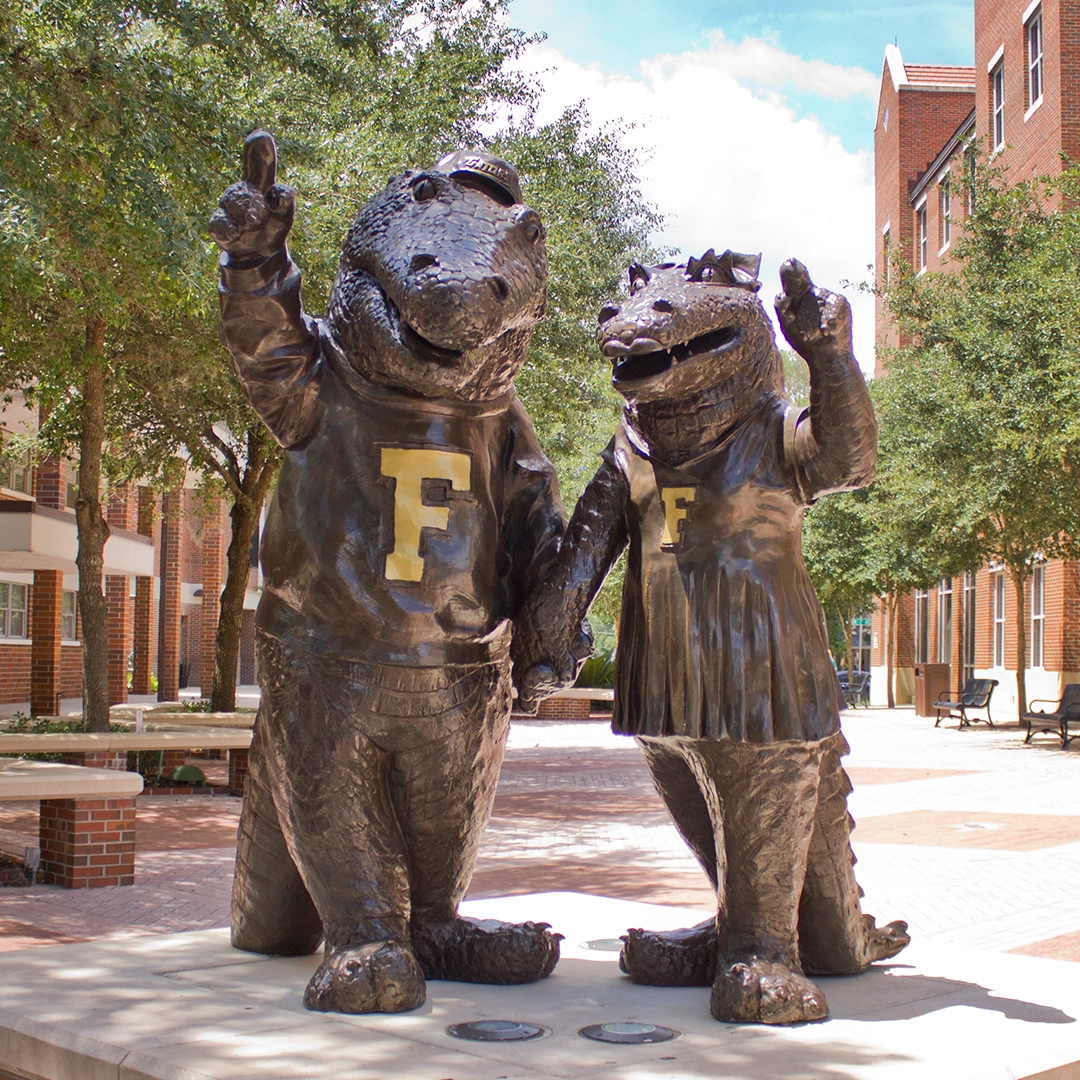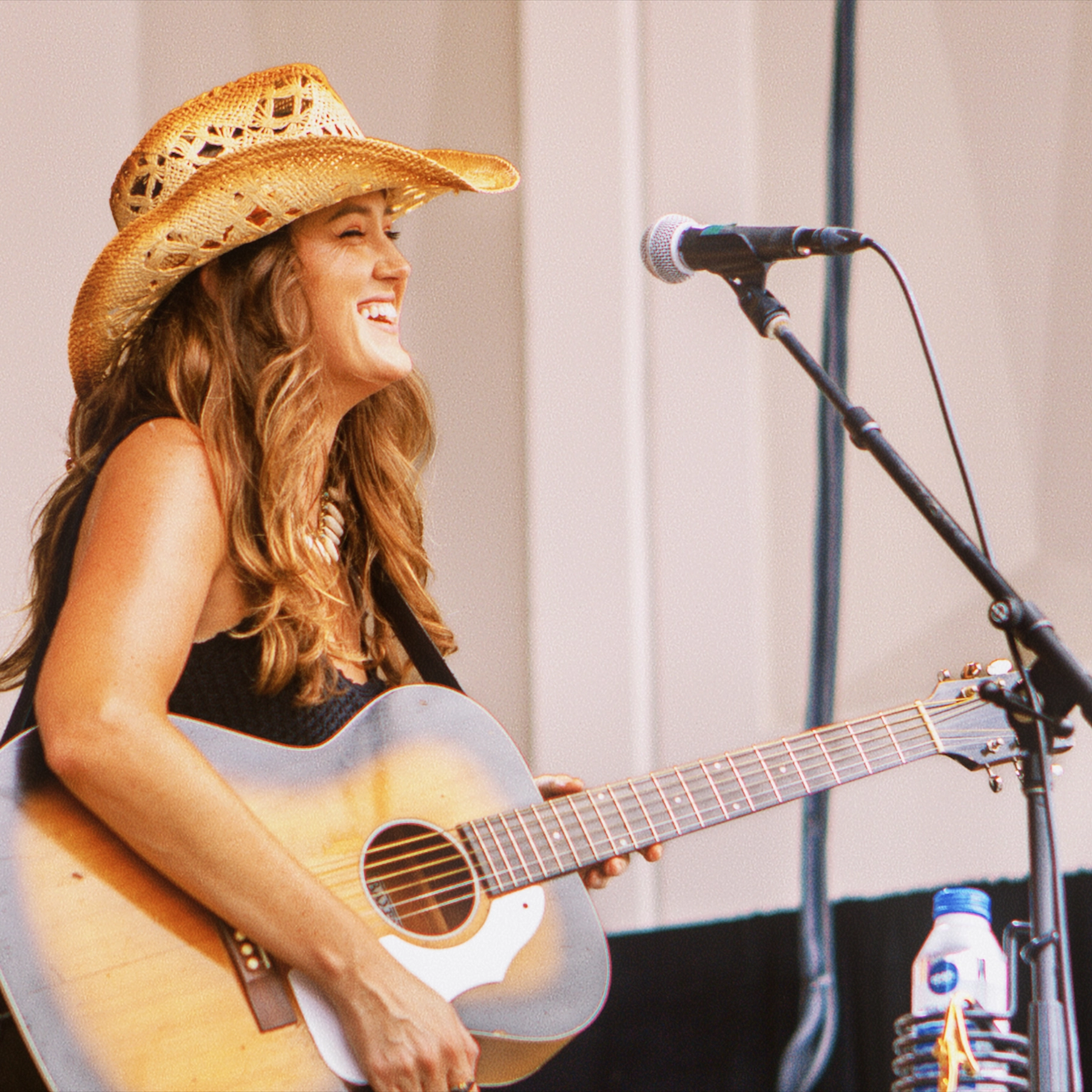by Natalia Galicza and Moni Basu | June 21, 2022
Rising From the Rubble: Three Miamians on Healing and Hope One Year After the Surfside Condo Collapse
A survivor, an emergency physician and a town commissioner recount the darkest day of a peaceful beachside community.

The ground shook and a dense cloud of dust and debris engulfed a South Florida community in an instant. It felt like an earthquake. But the reality was even more unthinkable.
In the early morning hours of June 24, 2021, a large section of Champlain Towers South collapsed in Surfside, killing 98 people and upending the lives of countless others. The 12-story beachfront residential building in the idyllic Miami suburb became one of the largest non-hurricane emergencies ever recorded in Florida.
As the first anniversary approaches, Flamingo spoke with a survivor, a doctor and a public official about their recollections of the tragedy and how they have been able to move forward.
Susana Alvarez: ‘I looked Into the Gates of Hell’
Susana Alvarez, like others snarled in Miami traffic, used to tailgate and ping-pong from one lane to another. She rushed wherever she went: to work, to visit her mother with advanced Alzheimer’s, to her 10th floor apartment in Champlain Towers South. She let stress propel her and seldom took breaks. Her only guaranteed solace came from sleep.
But on June 24 last year, Alvarez didn’t find solace. She awoke to building tremors instead.
Her bed thrashed; her balcony doors burst open. She leaped off her mattress, grabbed her phone and walked outside to plumes of dust. A full moon peeked through the haze, almost as if to warn that something eerier awaited her.
Alvarez, 63, ran to the nearest stairwell and banged on the door, hoping someone would let her out. Thankfully, some of her neighbors on the other side flung open the door, and together they tore down the 10 flights of stairs as rubble rained down.
Once she made it through the hellscape, she turned to face what remained of her building. Her unit—along with at least 55 others—was gone.

Pleas for help from her trapped neighbors echoed into the night, audible over crashes of cascading debris and laps of the nearby ocean: “Please help us, please don’t leave me here like this,” they cried. “Don’t leave me here like this.”
Like the building where she lived, the life she knew crumbled.
Alvarez watched her home for a decade disintegrate. She lost her cat Mia, her family photos, her friends.
“The screaming of that night,” Alvarez says, “I do hear that a lot. I tell people, it’s like I looked into the gates of hell when I looked down because I’m on the 10th floor.”
She realized she had to remain patient with herself if she ever wanted to rebuild. She had to slow down and navigate her emotional obstacles alone.
Alvarez’ mother is her last surviving close family member, but her Alzheimer’s prevents Alvarez from leaning on her for support. She can’t tell her mother about the nightmares in which she hears her neighbors’ screams seep through the walls. She can’t share that her mother’s best friend, Hilda Noriega, died in the collapse. She can’t unload the guilt she carries for leaving Mia behind to die.

When those feelings fester, she releases them through guttural screams on the balcony of her new apartment in Miami Beach or quiet seaside treks to catch her breath.
She wills herself forward. She doesn’t feel she has a choice. There would be no one left to care for her mother if she didn’t. Besides, she survived; 98 of her neighbors never got that chance.
That changed her. How could it not?
Now, when the traffic on Miami’s Alton Road is bumper-to-bumper, Alvarez lets other cars squeeze past hers with a wave and a smile. She gives people chances. She knows what a difference another chance can make.
“I lived, I don’t know why,” Alvarez says. “But at my age, I’m finally seeing that the way I think about things can really make me a different person. And had the collapse not have happened, I wouldn’t have seen it. I would have gone on in my stressful life.”
Miami-Dade Circuit Judge Michael Hanzman approved a $1 billion settlement for the afflicted residents and families in May; those who lost their homes will split $96 million. Alvarez feels content with that decision, as though she can move on once the case finally closes. She only hopes that answers arise in the next few years. She wants honesty and accountability for whatever parties might have been responsible.
I lived, I don’t know why. But at my age, I’m finally seeing that the way I think about things can really make me a different person. And had the collapse not have happened, I wouldn’t have seen it.
— Susana Alvarez
“Buildings don’t just collapse,” she says.
Her new home is one building away from her mother’s and still within view of the Atlantic. The interior boasts several closets she doesn’t think she will ever fill. For now, she only has the basics: a bed, a sofa and a television. She knows she will need plenty more—from clothing hangers to can openers to cutlery. But all that can wait.
As the first anniversary of the tragedy approaches, Alvarez says she probably won’t return to Surfside much, though she plans to attend a mass at St. Joseph’s, the church closest to her former home. She will mourn for Mia and her neighbors. And she won’t rush on her drive there or back. She now takes every trip in stride.
Ben Abo: ‘A Pain That Will Always Live With Me’

At 41, emergency physician Ben Abo has seen his share of suffering. He rushed to New Orleans after Hurricane Katrina in 2005 and to Haiti after the catastrophic 2010 earthquake. Last year, in the early morning hours of June 24, he again found himself hurtling toward disaster.
That’s what he had done for a living for 25 years. He had trained in disaster response and led medical teams deployed to the most difficult situations. He served as the medical director for Miami-Dade Fire Rescue and when he got the call at his home in Naples, he propelled into action, as he always did.
“I’m on my way. I need to be with you all,” he told the fire chief.
He called his dog walker, hugged Otis, his miniature dachshund, goodbye and began driving eastward across the Everglades on Alligator Alley.
Some of the firefighters were destroyed that we couldn’t get to her in time. It hurts. It was real-time hurt and pain eating away at my peers. I can still see their faces.”
— Dr. Ben Abo
He arrived at Champlain Towers to stand before a giant pile of rubble. What he heard were the cries and screams of people who hours before had gone about their mundane lives. His team traveled up through a collapsed part of the parking garage, through thigh-high water. The thought of electrocution crossed his mind. Or what if the rest of the building came crashing down? It was the start of a harrowing 29 days of rescue operations.
He had trained hard to live by a single motto: bring calm to the chaos. If he ever got a tattoo, it would be that mantra in Latin. But things were different this time. This tragedy hit too close to home. Abo knew people who lived in Champlain Towers. A firefighter friend lost his daughter.
He thinks a lot about a woman under the rubble, pinned behind a mass of rebar and concrete slabs. Rescue dogs picked up her scent but firefighters could not access where she laid. They could hear her voice and knew she was one of the few victims still alive.
But at one point, a fire made it too unsafe to continue. Abo’s team had to temporarily halt the search. They returned several hours later to silence, and they knew then the woman had died. Her body was extracted on July 8 but Miami-Dade Fire Rescue only identified her a few weeks ago as 36-year-old Theresa Velasquez. She was a music industry executive who had flown in from California hours before the collapse to visit her parents, both of whom also perished.
Even today, Abo says he remains haunted by the fact that his team could not save her.
“Some of the firefighters were destroyed that we couldn’t get to her in time,” he says. “It hurts. It was real-time hurt and pain eating away at my peers. I can still see their faces. That’s going to be a pain that will always live with me.”

Abo takes consolation in the fact that Velasquez knew she wasn’t alone in her final moments.
“She was talking to us. She knew we were coming for her,” he says.
The Champlain Towers collapse remains for Abo the ultimate test of all his training as an emergency physician, a once-in-a-lifetime call he hopes never to repeat.
“This was where I put it altogether,” he says. “This is the pinnacle by which I will always measure everything.”
Abo returned to Naples after his Surfside deployment to a hospital brimming with COVID-19 patients during last summer’s Delta variant surge. He had no time to rest, physically or mentally. Since then, his life has amounted to one giant rollercoaster ride.
“A lot of it is still surreal. I think about random aspects of what happened every day,” he says. “Different things come up in my mind. My thoughts put me down these rabbit holes.”
He says he sets aside time each day for reflection. He has spoken about his experience in Surfside at a number of conferences. Sometimes, he talks about his memories with his peers. That has been cathartic, he says.
But still, one year later, he struggles to find the right words.
Eliana Salzhauer: No Solace in Sleep

Sleep has never been Eliana Salzhauer’s friend. When nights drag on, she exhausts herself however she can: midnight gym workouts followed by dinner at 1. She usually manages to doze off by the early hours of the morning. But a year ago, on the night of June 24, no amount of distraction could wind her down.
The 52-year-old Surfside town commissioner had given up on rest at 1:30 a.m. when her phone rang. She glanced at the caller ID: Andrew Hyatt, town manager. She braced herself for bad news.
A building collapsed, he told her.
Salzhauer imagined an unhinged balcony somewhere; nothing too disastrous ever happens in Surfside, she thought. The palm tree-studded small town just seven miles north of Miami Beach is famously humdrum. A bicycle theft would be considered newsworthy.
Then she heard the address: 8777 Collins Avenue. Champlain Towers South.
Her heart pounded. As a volunteer town commissioner, the most chaos she had seen was in a Zoom meeting a month before during which she flipped former Surfside Mayor Charles Burkett two middle fingers for muting her during a fraught discussion.
Salzhauer rushed to the Surfside Community Center to help the survivors arriving in droves and in distress. Crying children in pajamas shuffled inside, families clutched pool towels to use as blankets. She couldn’t pull bodies trapped under the rubble, couldn’t counsel survivors through grief. But she listened to her constituents, talked to them. She fed them. Clothed them in clean T-shirts. And stayed with them through the night.
Almost a year later, the only reminder of the community’s collective tragedy is a flimsy black banner on Collins Avenue with a list of 98 names. Salzhauer walks past the makeshift memorial most days with her 13-year-old son, Jonah. On a late May afternoon, he stopped and motioned to the list.
“Oh, let’s find my friend,” he coaxed.
Jonah attended dance classes at the community center with Lucia Carolina Guara, an 11-year-old who died in the building collapse. Her name appeared in white. He formed a heart with his hands and posed for a photo in front of Lucia’s name. He didn’t smile.

Jonah asked his mom what would happen to his former dance partner’s family. Salzhauer explained the impending $1.1 billion settlement, that families would receive financial compensation for their loss. But that wasn’t the answer she wanted to give.
She wanted to tell her son the collapse site would become a permanent memorial for residents to remember and grieve. She wanted to tell him the settlement wouldn’t mean the end of the case—that it would go to trial, that there would be discovery and, out of that discovery, answers. She wanted healing solutions. What she saw, the banner and the settlement, were Band-Aids.
“The most frustrating thing is that it’s like it never happened,” Salzhauer says.
She is no longer a town commissioner; she was voted out in March. Her push to mandate geotechnical tests for Surfside’s existing condo buildings fell through; her suggestion to reserve the block on Collins Avenue as a memorial is unlikely to become reality.
“As long as I’m in Surfside, I’m going to stay and fight to protect it,” she says. “But it is exhausting. And it takes a toll.”
She thinks back to the children she watched flood into the community center in June, how trapped they felt in the same space where her own golden-haired child had gamboled with joy. She wonders how anyone could be so quick to forget what they really lost: a sense of safety, assuredness in the future.
Salzhauer still struggles to sleep. She’s never had a conventional circadian rhythm, but now another factor keeps her awake at night. She knows there is work to be done in Surfside. And even when she finally finds rest, she shuts her eyes only to envision the town’s next steps.





